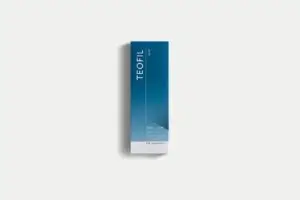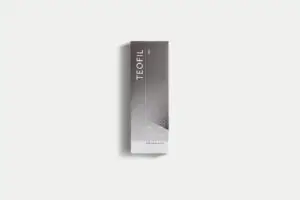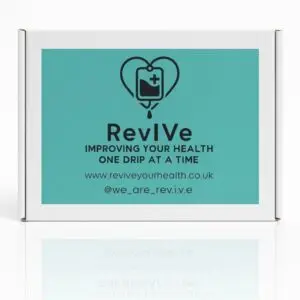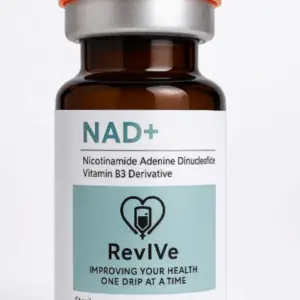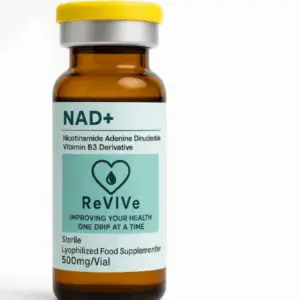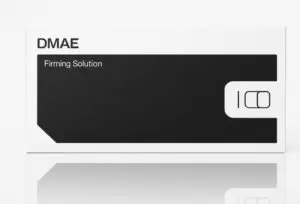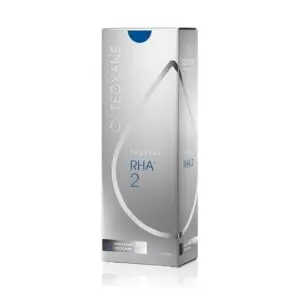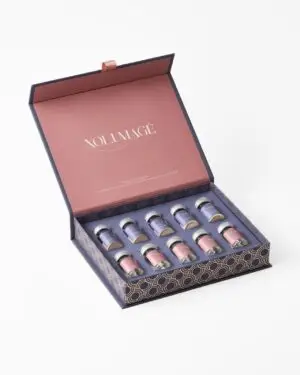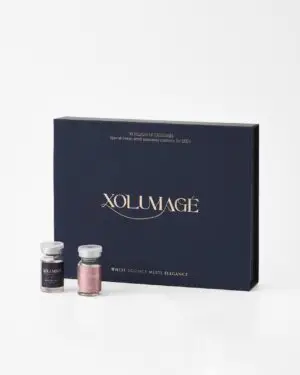In the world of cosmetic enhancements, dermal fillers and skin boosters are two popular options that cater to different aesthetic needs. Understanding the differences can help individuals make informed decisions about which treatment may be right for them.
Dermal fillers are designed to add volume and fullness to specific areas of the face. They are commonly used to plump lips, smooth out wrinkles, or enhance cheekbones. Typically made from hyaluronic acid, a substance naturally found in the body, fillers provide immediate results and tend to last between six months to two years, depending on the type and area treated. The procedure is relatively quick and often requires minimal downtime, making it a go-to option for individuals seeking instant rejuvenation.
On the other hand, skin boosters focus on improving skin quality by delivering hydration and enhancing elasticity. Unlike fillers, skin boosters are injected into the skin’s deeper layers, stimulating collagen production and providing a subtle, overall glow. This treatment is often best for those with dull or dehydrated skin, as it promotes a more radiant complexion without adding significant volume. Results from skin boosters typically appear gradually and can last up to six to twelve months, depending on the individual’s skin type and lifestyle.
When considering which treatment is “better,” it ultimately boils down to personal goals and skin conditions. For those looking to address specific volume loss or enhance facial contours, dermal fillers may be the superior choice. Conversely, individuals seeking to improve overall skin texture and hydration might find skin boosters to be more beneficial.
It’s important to consult with a qualified aesthetic practitioner to discuss expectations, potential outcomes, and which treatment aligns best with individual needs. Ultimately, both dermal fillers and skin boosters present valuable options for enhancing one’s appearance, each offering unique advantages that cater to varied aesthetic desires.


